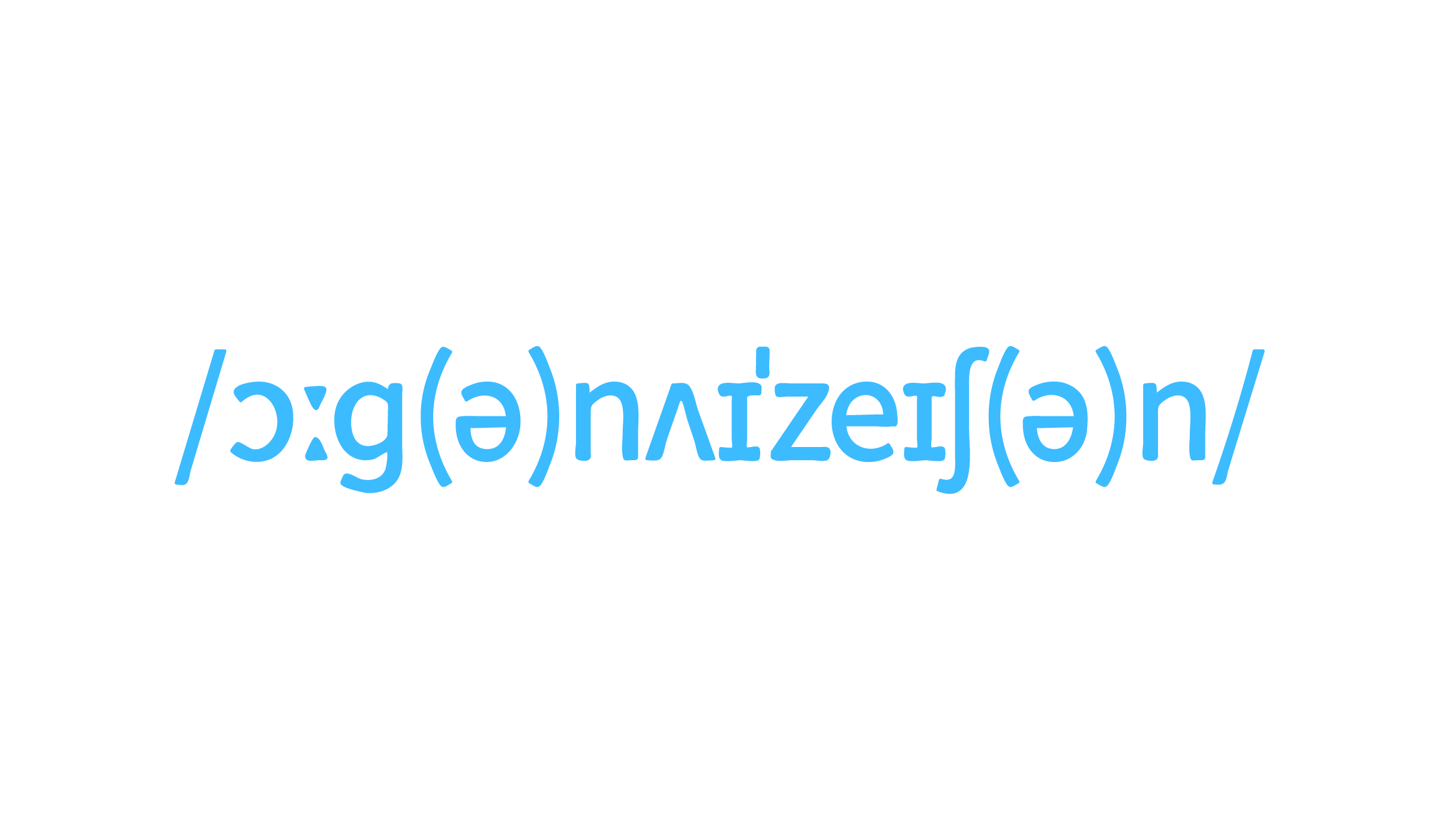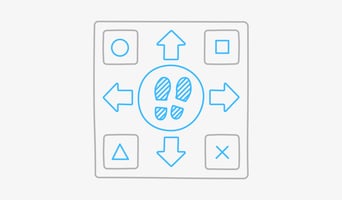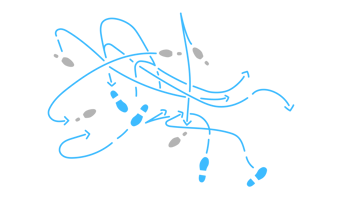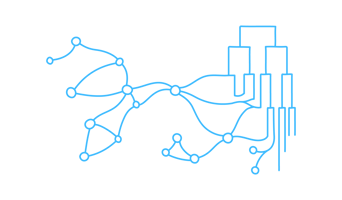In this blog post we discuss and define the terms organizational structure, organizational design, and organizational development, and how they relate to each other. While partly overlapping, each of those terms stands for a unique perspective on organizing, in the sense of working together at scale in order to achieve a shared set of goals.
I was recently discussing one of our Kits with a user and the following question came up: what, exactly, is the difference between organizational structure, organization design, and organization development?
Since these topics really form the core of our collection of business design tools at Management Kits, we were struck by the fact that we’ve never actually come up with succinct definitions for these terms. We could argue that our practical understanding of these fields has been evident throughout our work all along, yet we think it’s important to come up with sound definitions that we can use going forward.
Maybe you’re wondering whether this is really relevant, or whether we’re wasting our time engaging in semantic elaborations.
Here’s how we see it:
-
First, we use these terms to label and to describe our Kits and how they create value for managers and the people who work with them.
-
Second, we’ve argued before that we’re living through a renaissance of organization design as a discipline, so being clear in what we mean by these terms provides direction and alignment.
-
Third, when it comes to discussing definitions, the journey is the reward: We believe there is something to be learned through discussion (and we invite readers to join in, e.g., by using the comments box below).
Defining Organizational Structure
An organizational structure defines the basic functional logic of an organization. It defines how an organization’s strategy and scope are translated into different activities to be performed by different units, and how those units are linked and shaped to achieve a common goal.
Described this way, an organizational structure is not the same as an org chart (although an org chart typically carries information that we would include in a well-described organizational structure).
Organizational structures defined in this way do not have to be static entities. On the contrary, dynamic structures may entail basic activities and practices (related to structuring and decision-making) that allow the structure to evolve its units, links, and shapes. Models based on self-management, like Sociocracy or Holacracy, are one case in point, but there are several other approaches of different scopes and focuses to enable dynamic structuring.
Boost organizational effectiveness
with Management Kits
Defining Organization Design
While often used interchangeably with organizational structure, the term “organization design” is broader than organizational structure, even though an overall organization design would be incomplete without the elements of a structure as defined above. Organization designs are typically deeper in scope and provide more detail than structures.
Among other things, design should comprise a perspective on processes, on practice, and on performativity within the organization. For example, whereas an organizational structure would merely define the scope and activities of certain teams, and how they are expected to collaborate with other teams, an elaborated organization design would define how teams are set-up and led in an organization.
If the organizational structure is a blueprint, a well-elaborated design will show the finished house (including all the detailed design features, like colors, curtains, interior designs, pathways, doors, etc.)
Reducing organization design to drawing org charts and moving lines and boxes is like building a house with just two kinds of tools. Or like preparing an haute cuisine meal with just a spoon and a knife. Which is to say it’s not impossible, but it omits crucial dimensions of building effective organizations.
The thing with organizations, of course, is that they’re made up of human beings, who have the capacity to make up for missing structures and designs – to a certain extent and depending on the circumstances. Organization development, ultimately, is about building and developing that capacity.
Defining Organization Development
Organization development builds the human and systemic capabilities, practices, and behaviors that make organizations effective. It seeks to strengthen the informal organization beyond the organizational structure or the specifics of the organization design. It is concerned with the performativity of actual organizational processes and how they promote or impede formal business processes.
A major dimension of organization development is “meta capabilities”, which, to a varying degree, are key to almost any form of organizing understood as the division of work based on a joint goal. The development of leadership capabilities across the organization is one key field. Others include communication and collaboration skills and networking skills, as well as coaching, feedback, and tension-resolution skills. Quite often, organization development is directly linked to learning capabilities, both on the individual and the organizational levels.
Such development work can relate to specific arrangements within the organizational structure or the organization design, for example, by promoting the understanding and practicing of activities that are required by a certain design. (Think of a training intervention used to practice the hand-over steps of a process involving different teams.)
Often, the organization development capacity is summoned to support change efforts. For example, this is the case when a new strategy and the according reorganization require both new skills and behaviors, as well as the internalization of a new organization. As such, the methodologies and practitioner insights that result from organization development interventions generate key learnings for adaptations of the organizational structure and the organization design.
If we think of an organization as a human body, the organizational structure represents the bones and the joints. The organization design would be the muscles, cords, and tissue of the organization. Organization development trains the functionality of the overall system and helps to regulate the steering of select mechanisms and the information flow between its parts, akin to the body’s nervous system.



